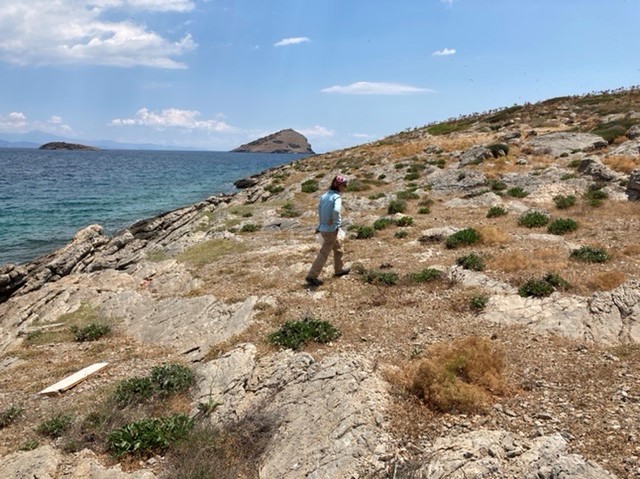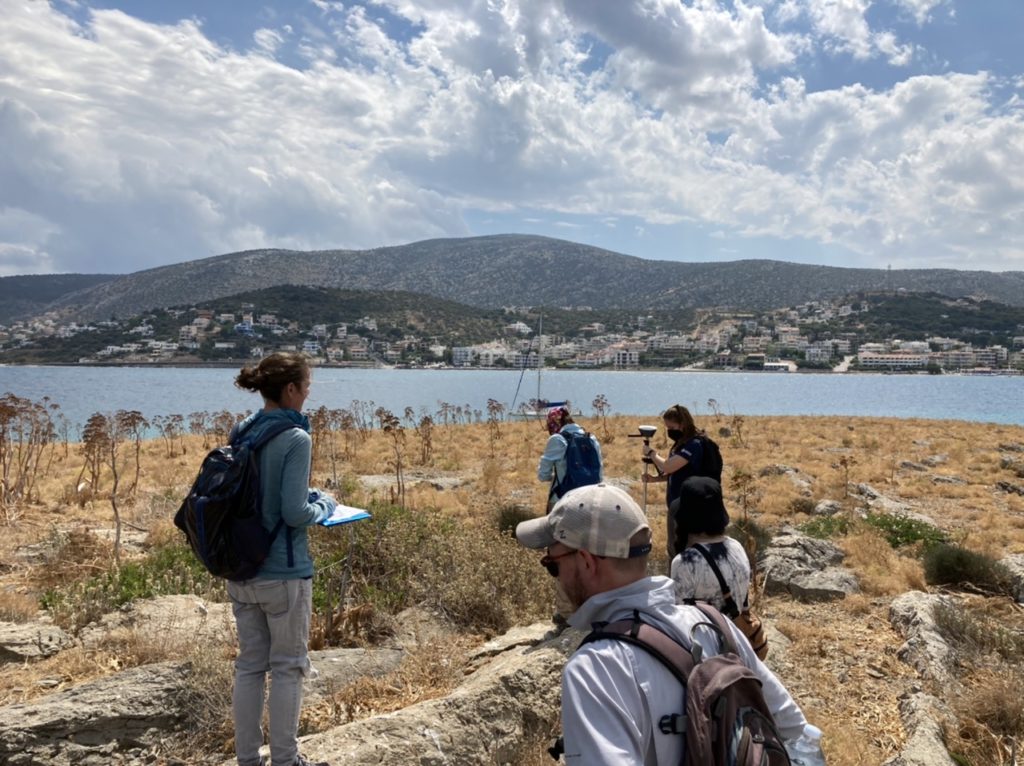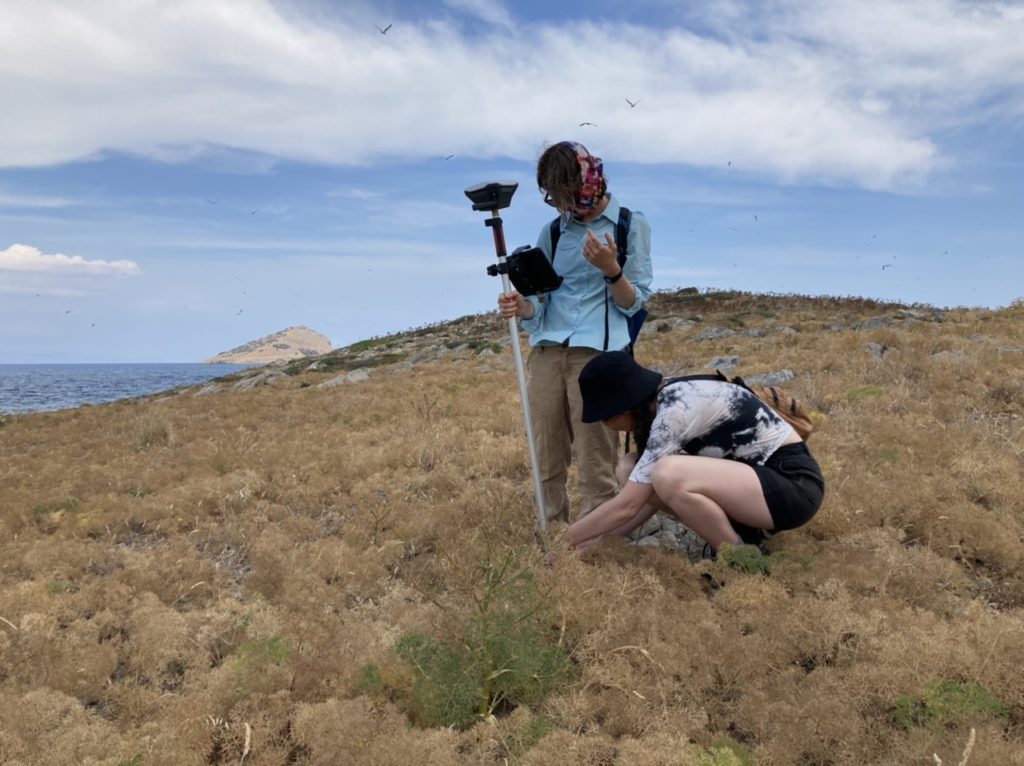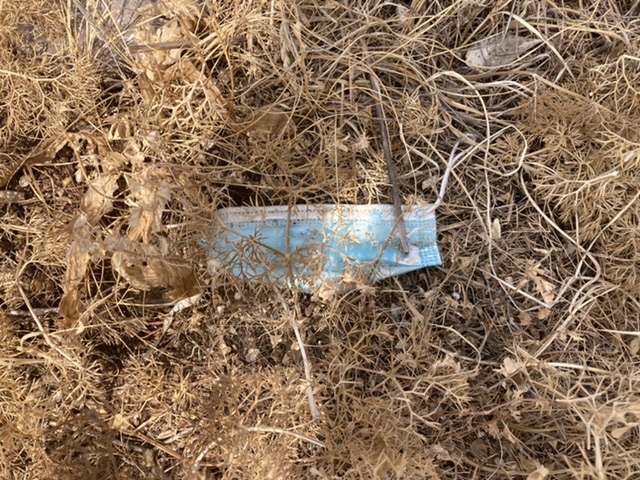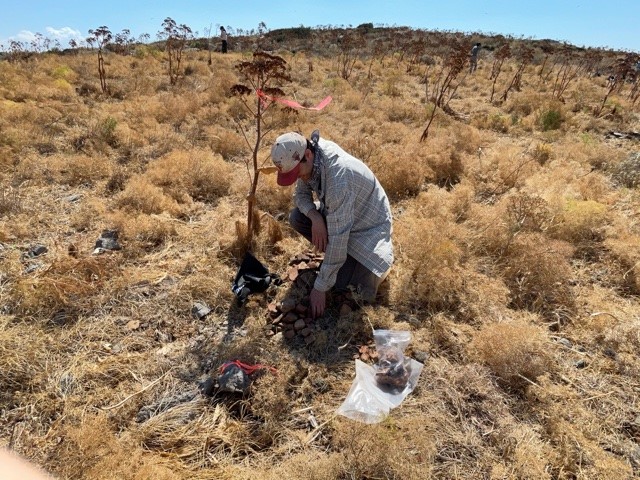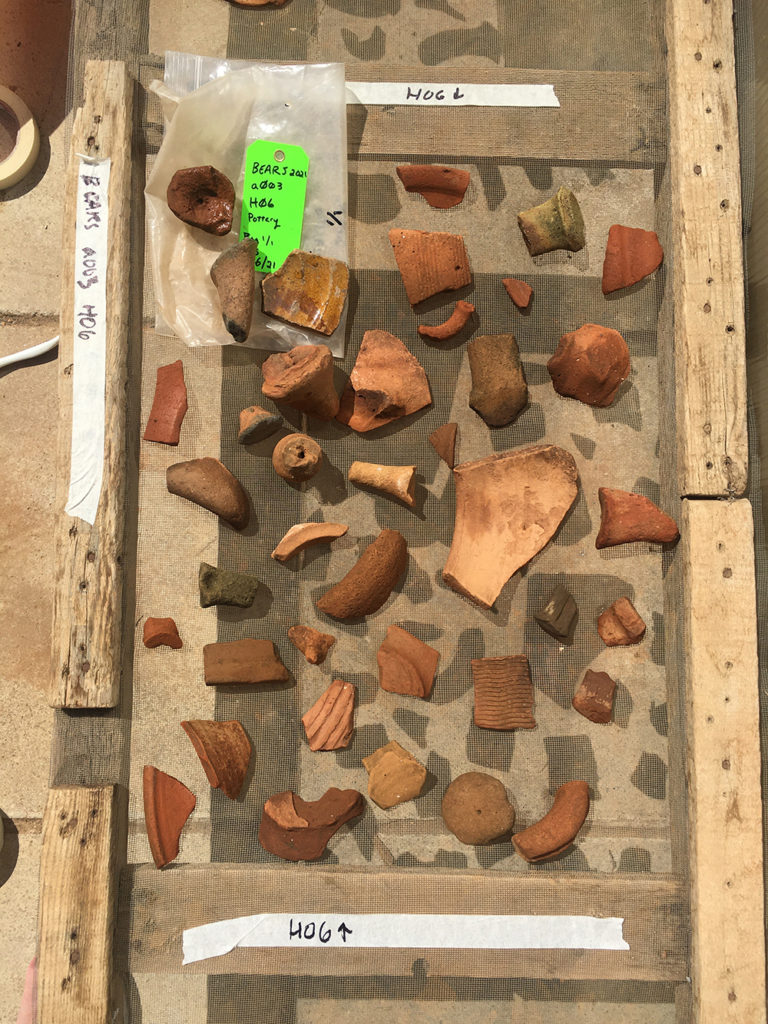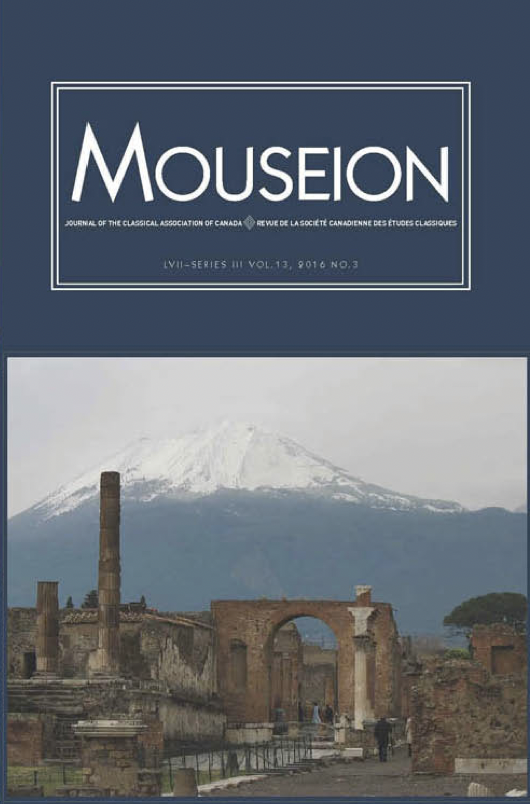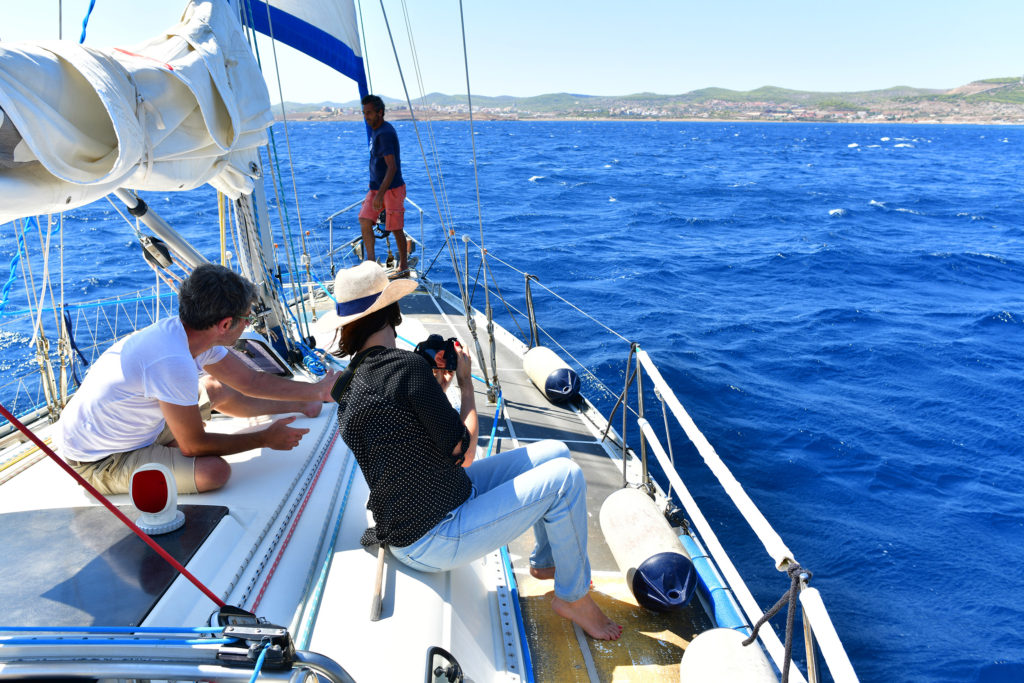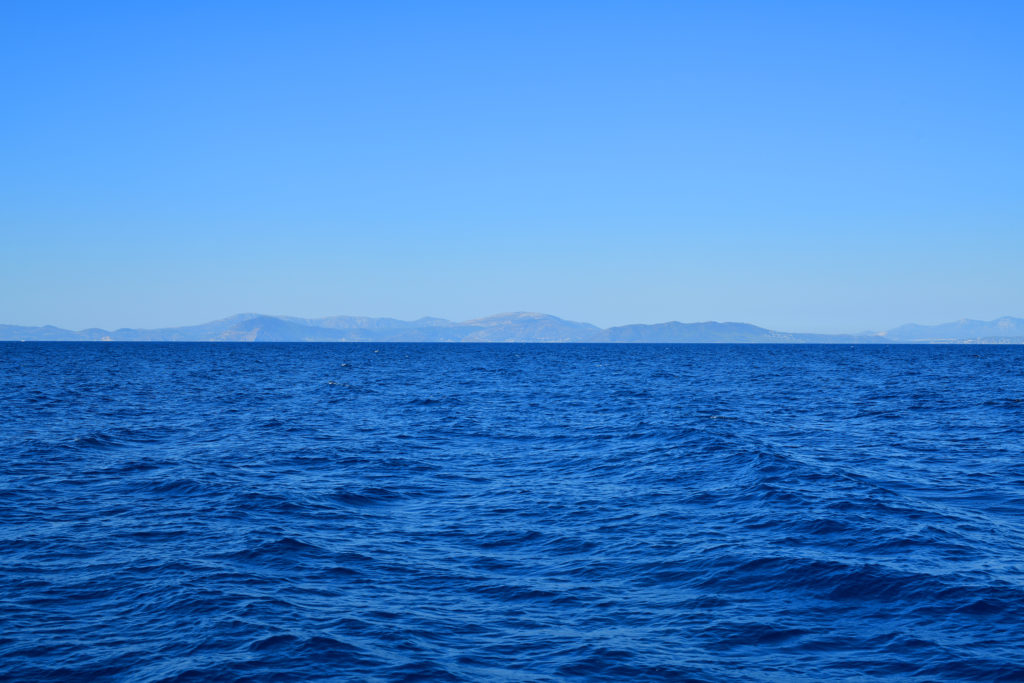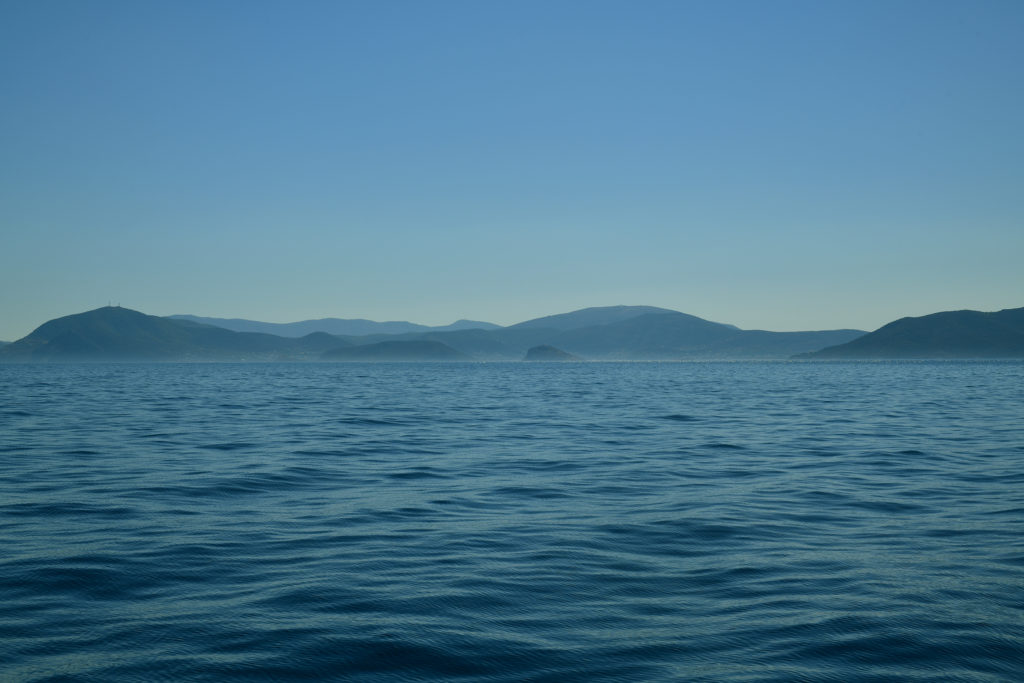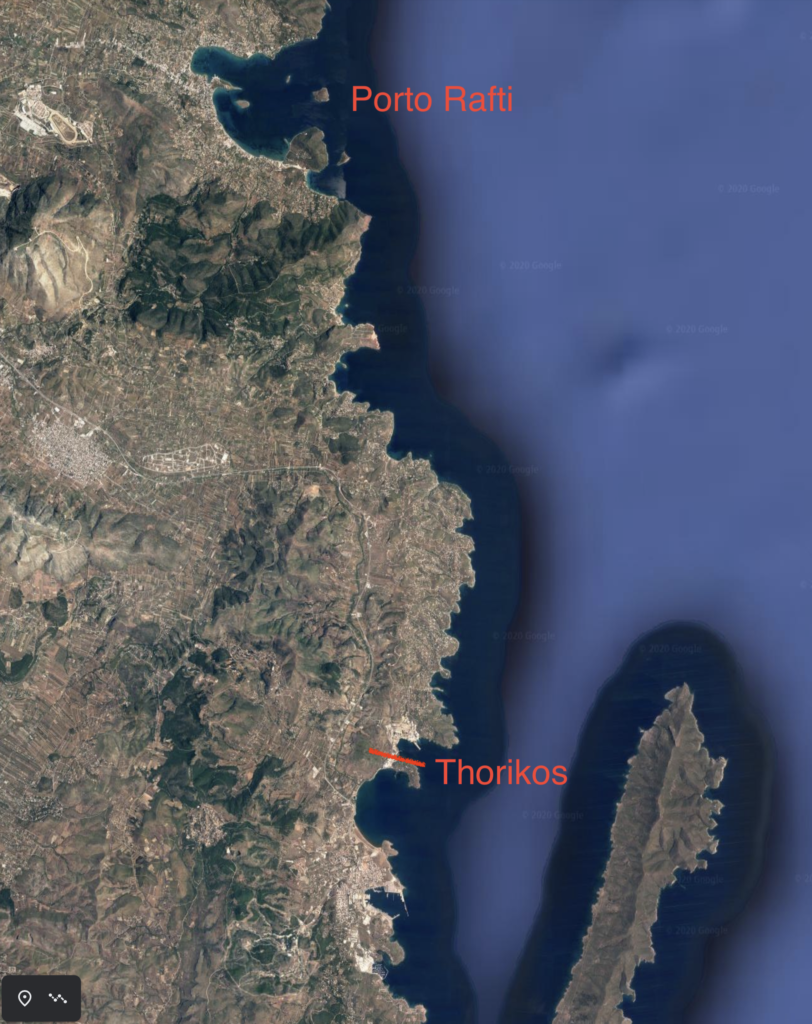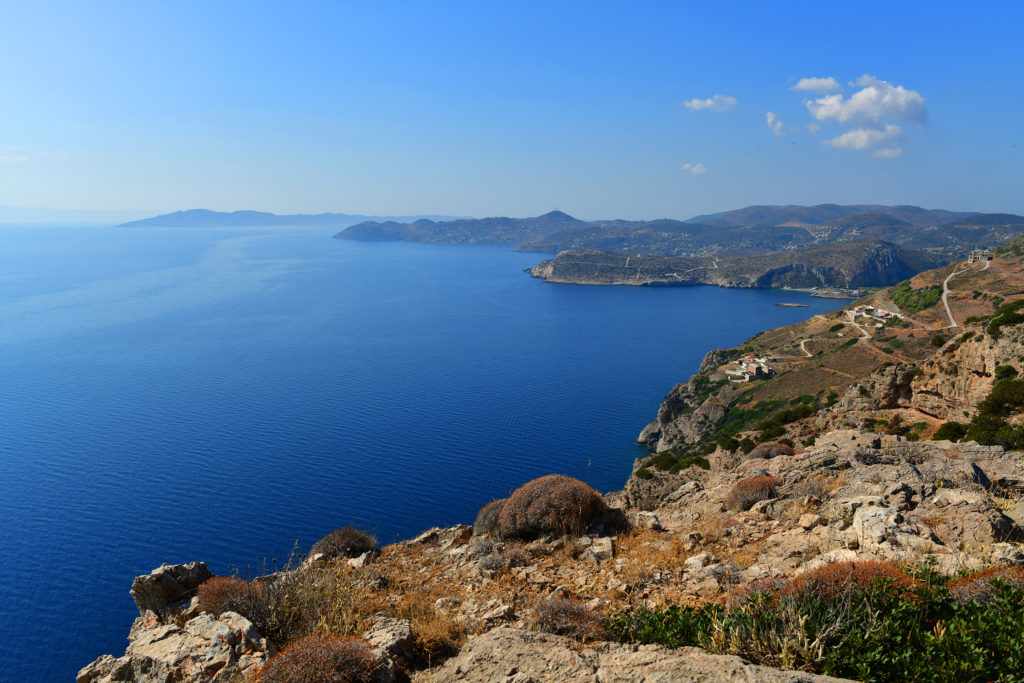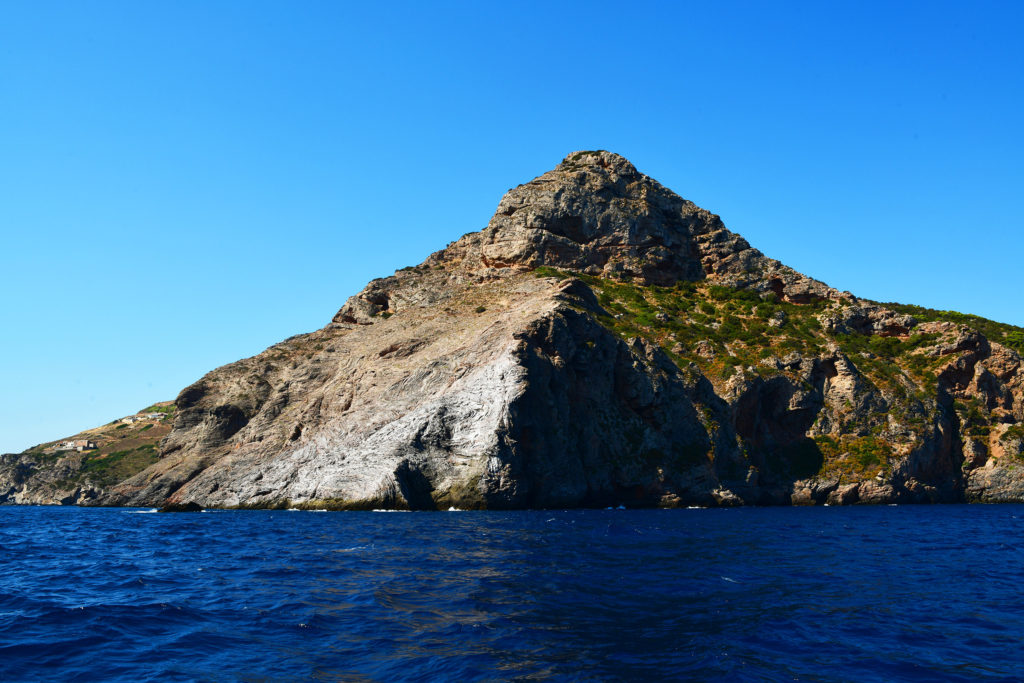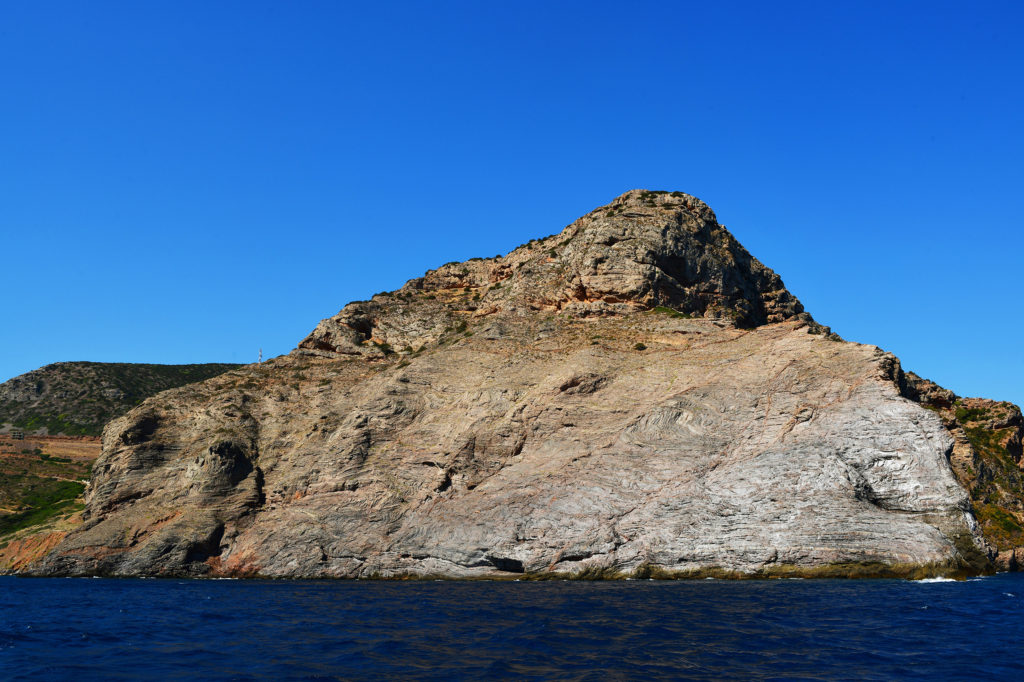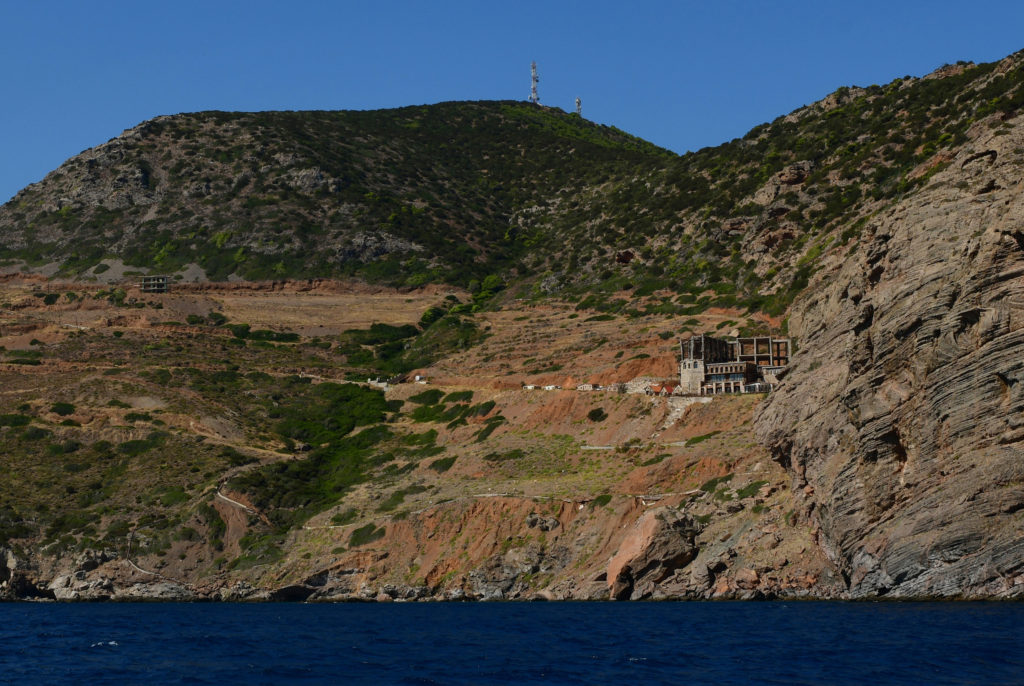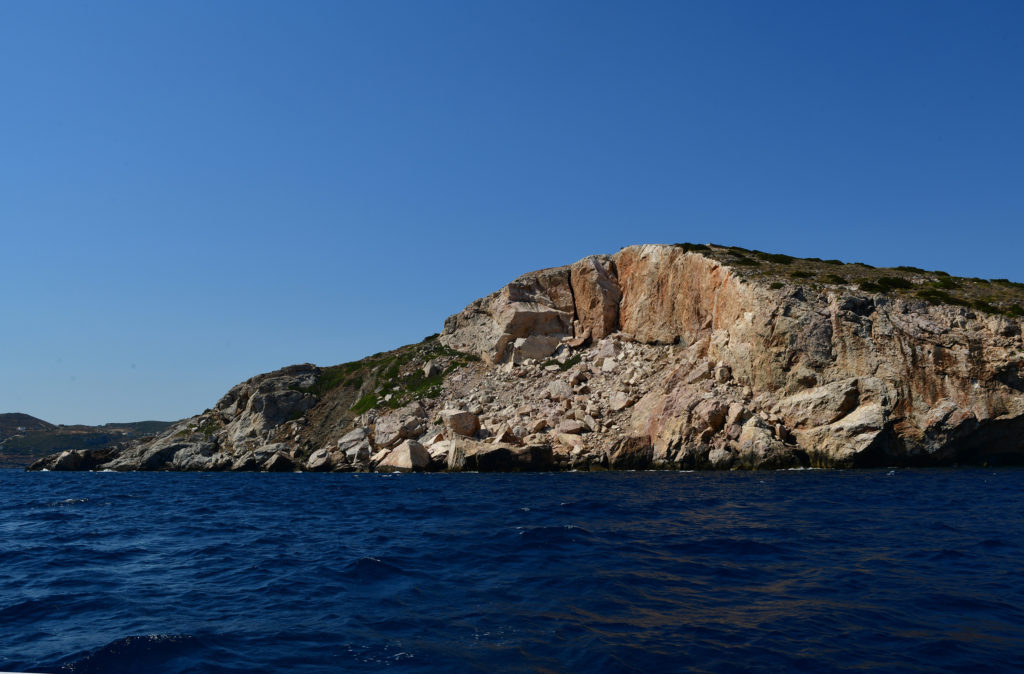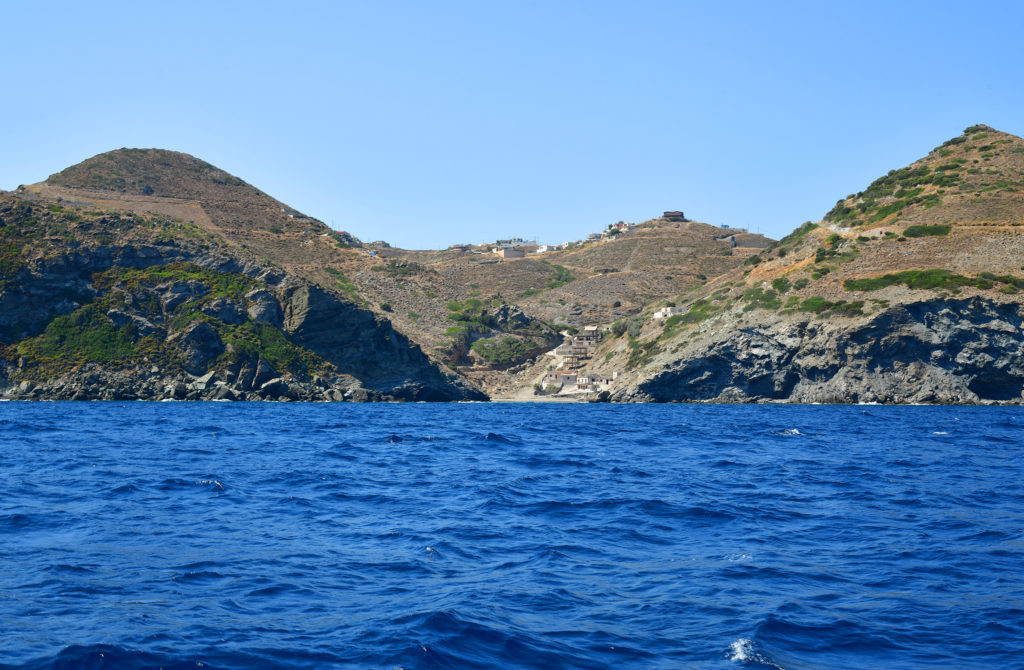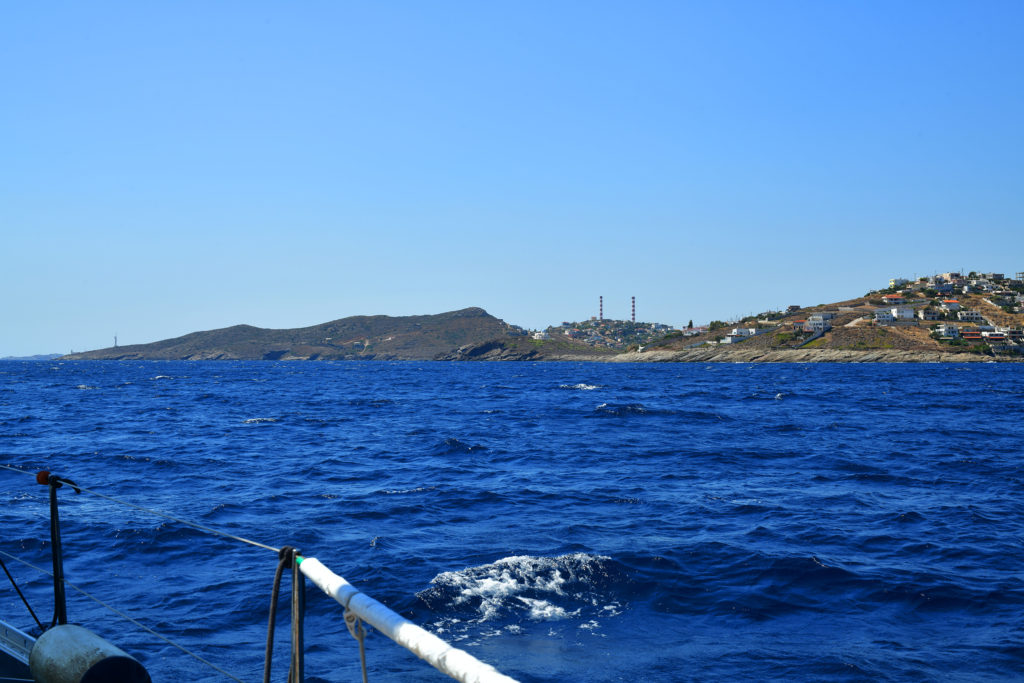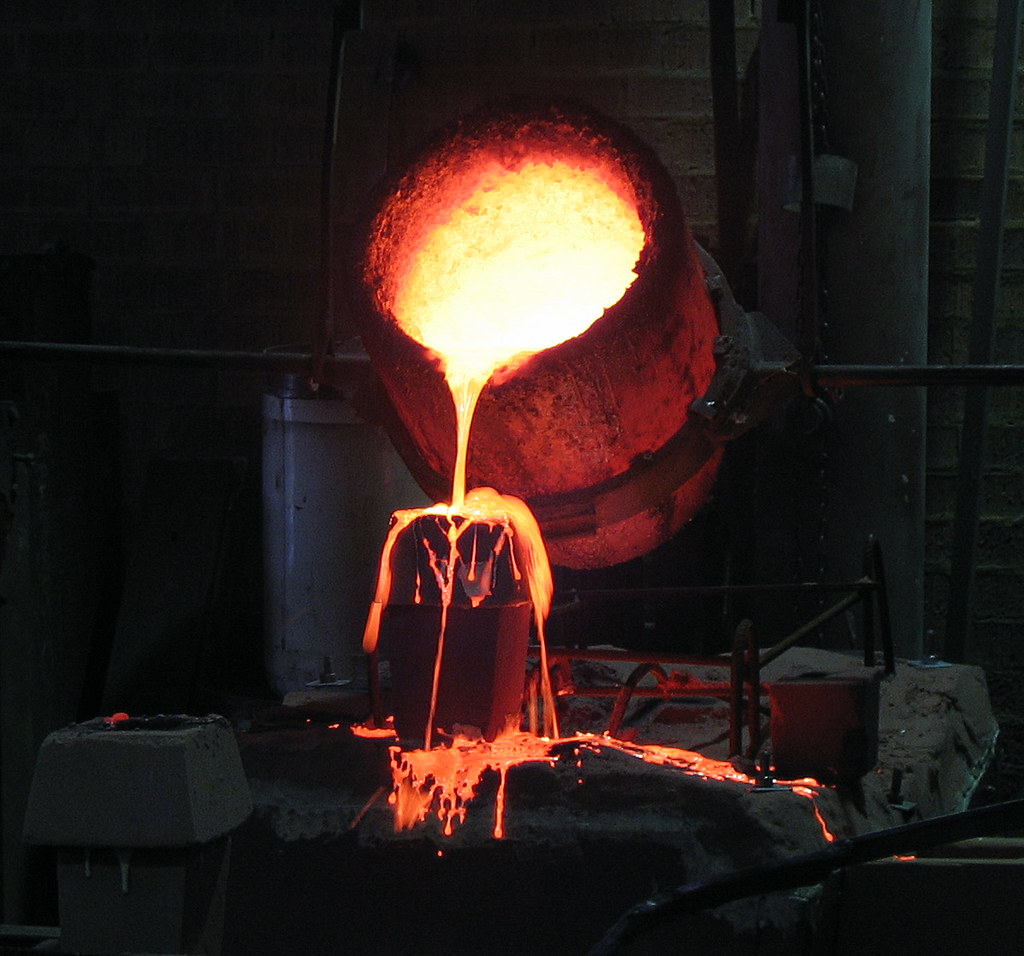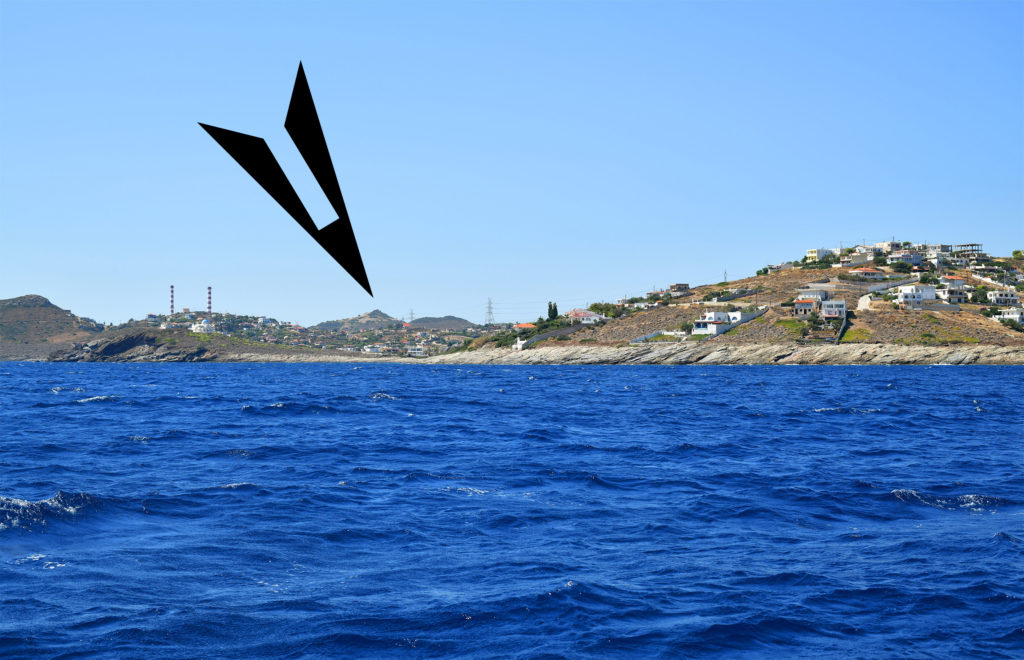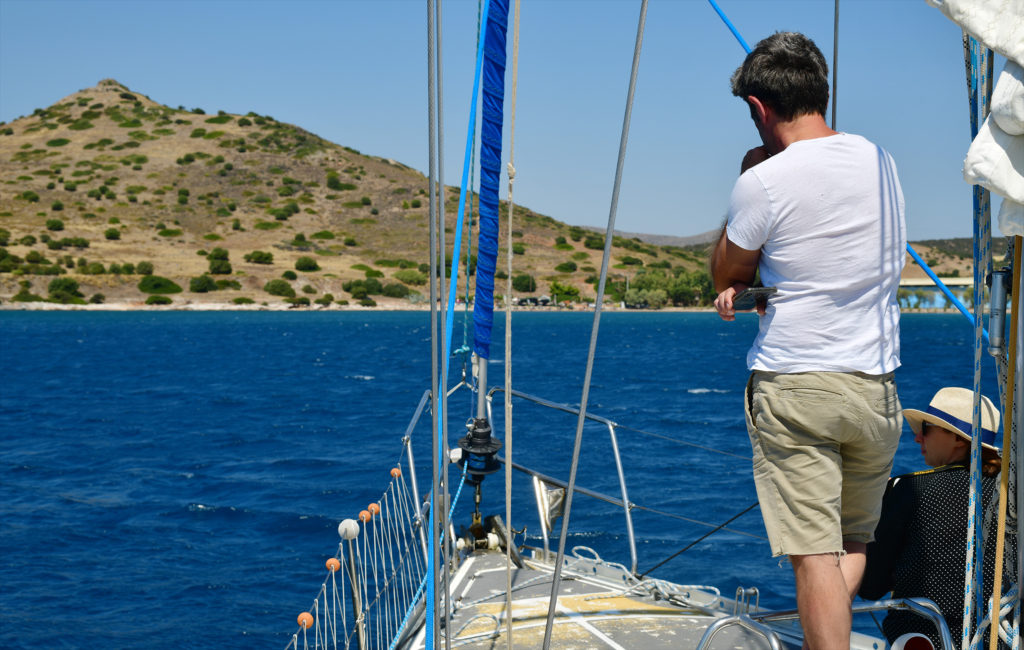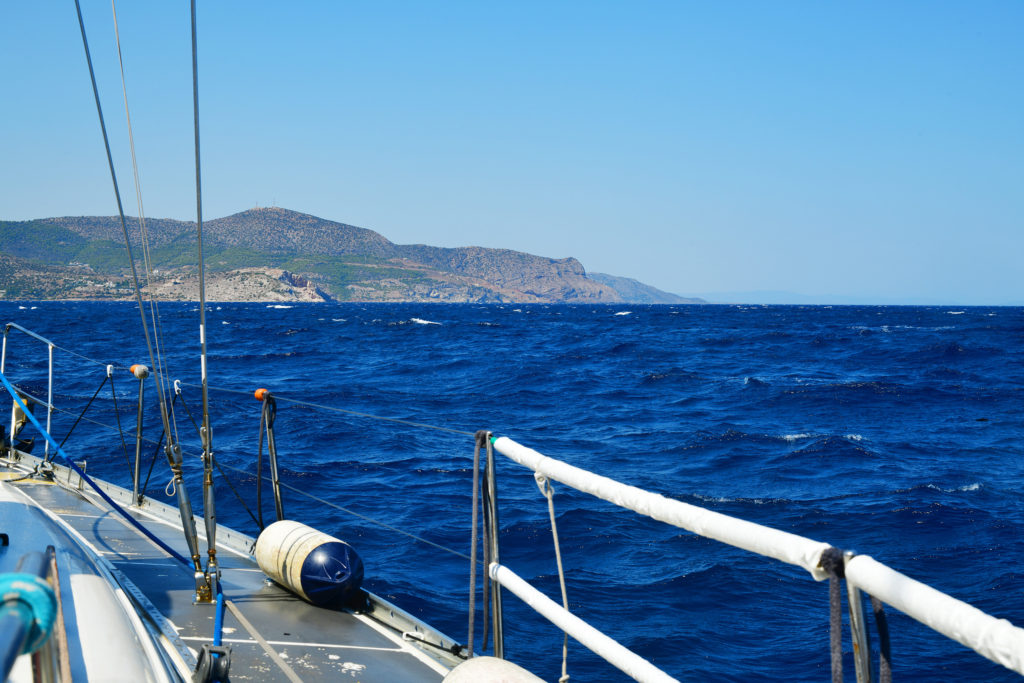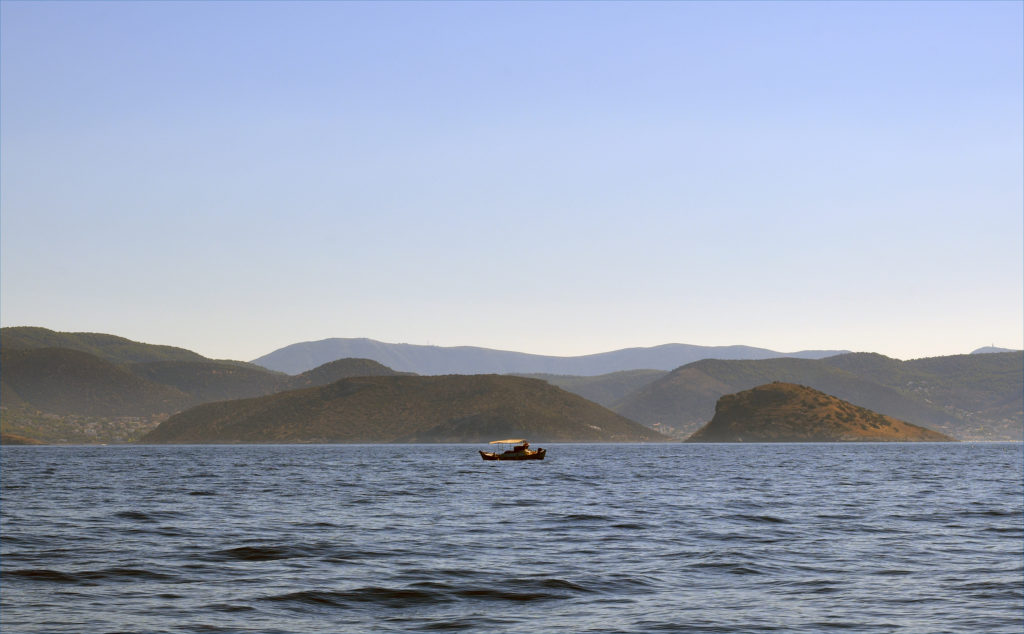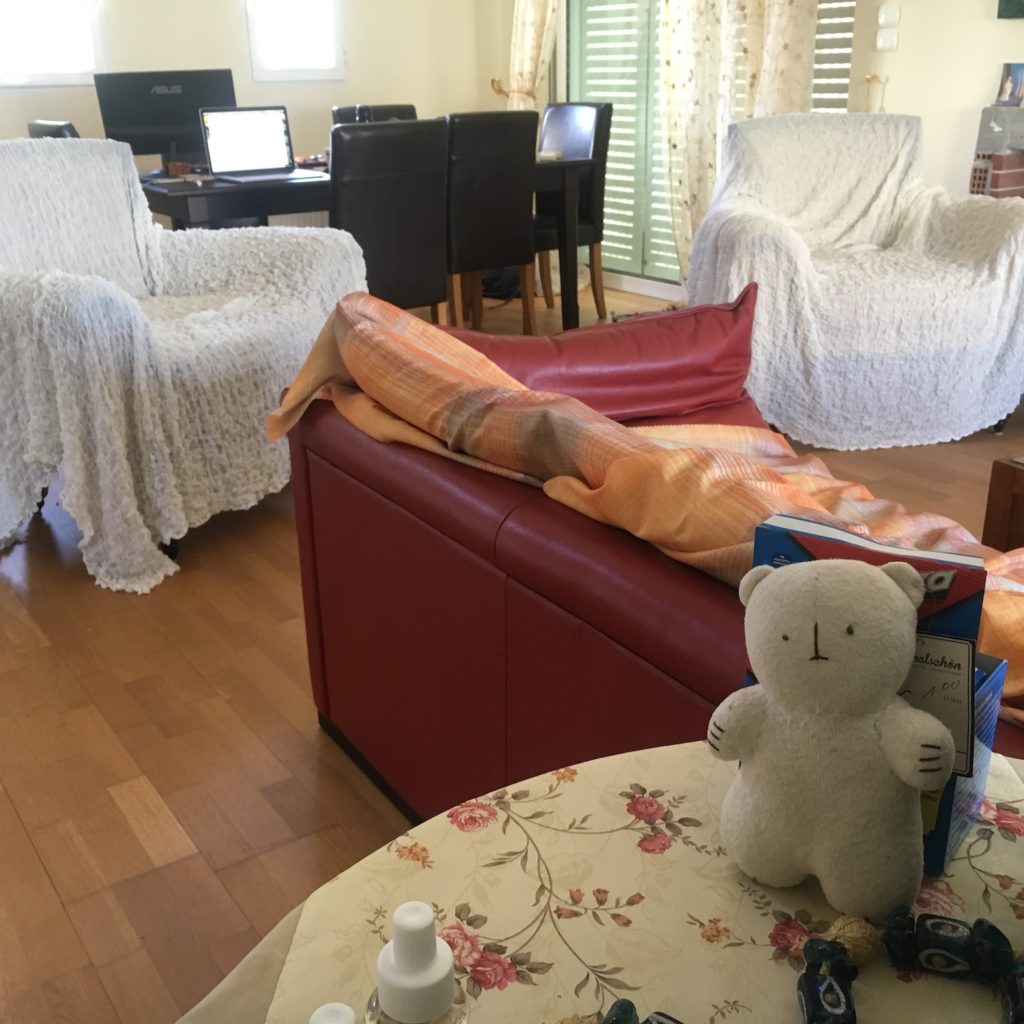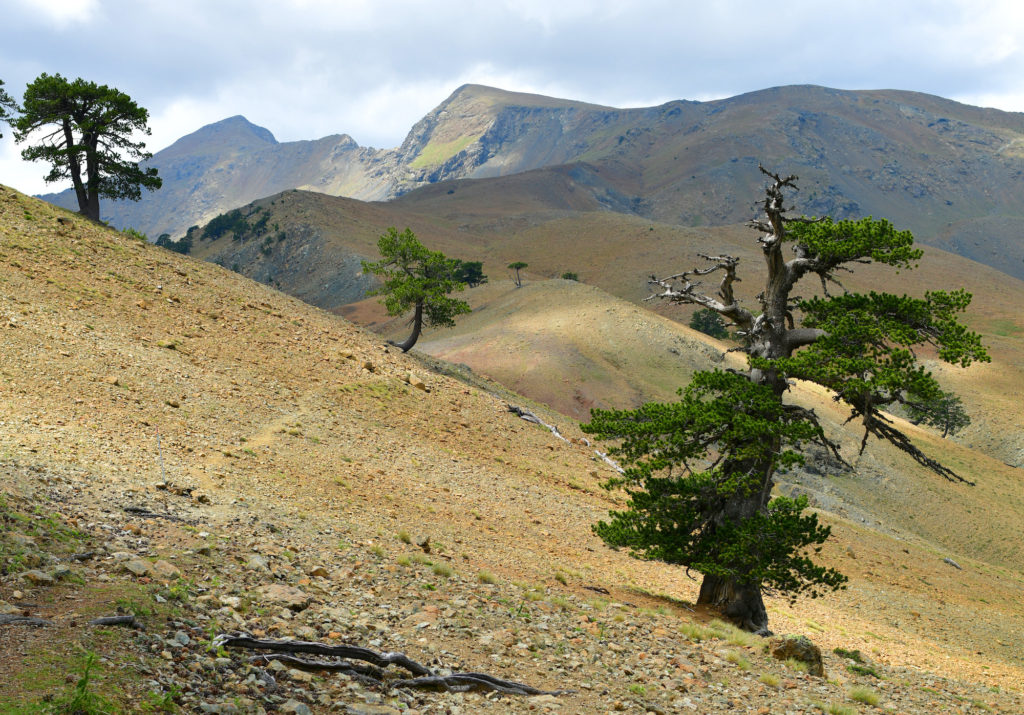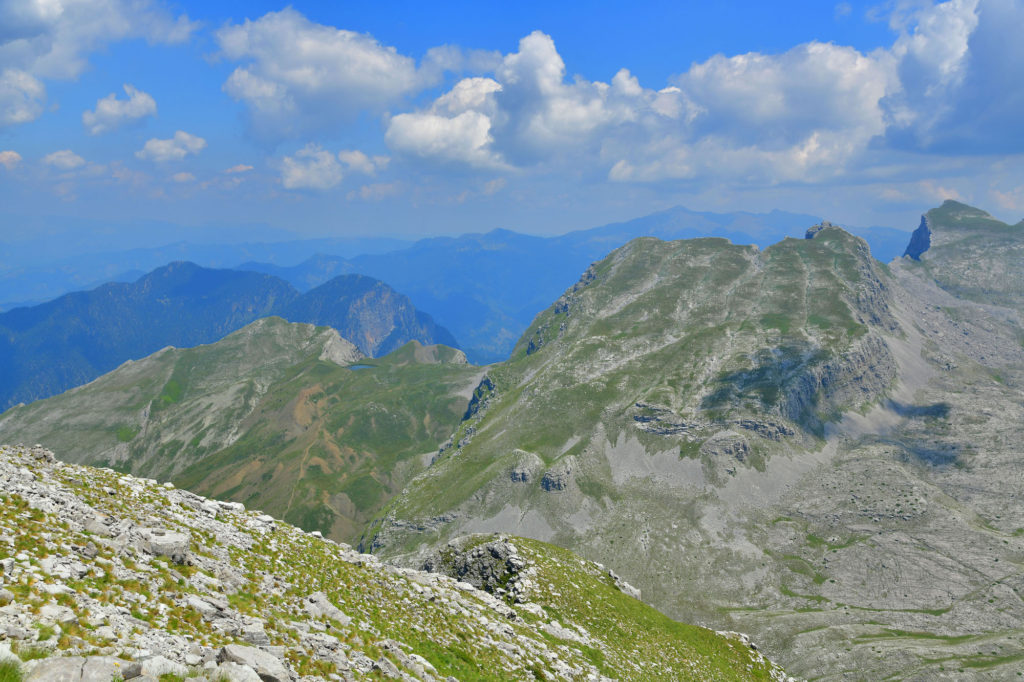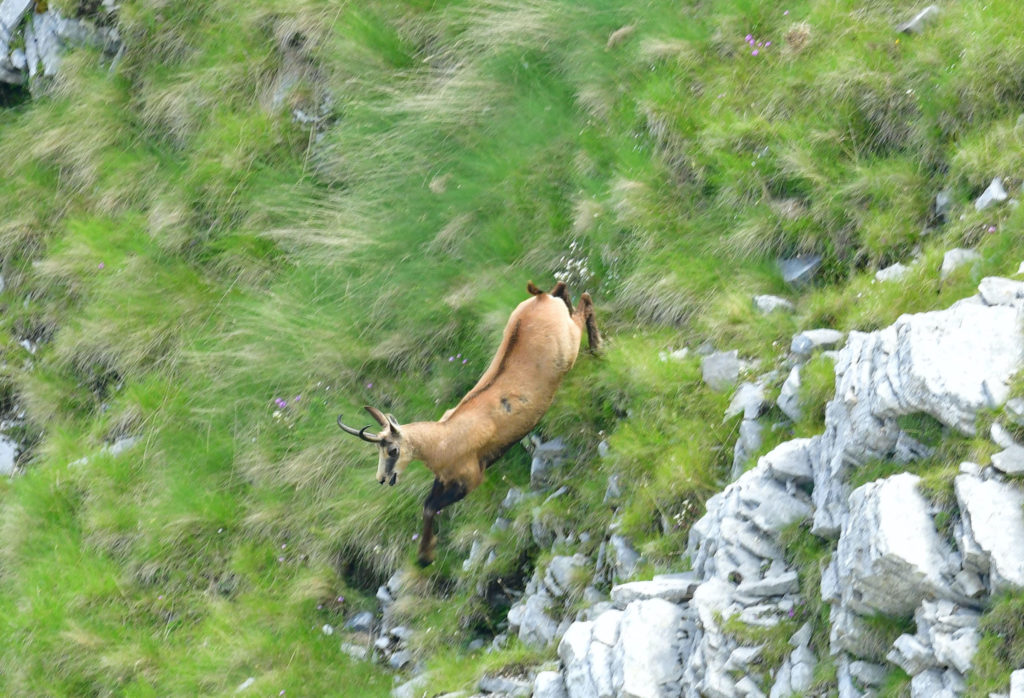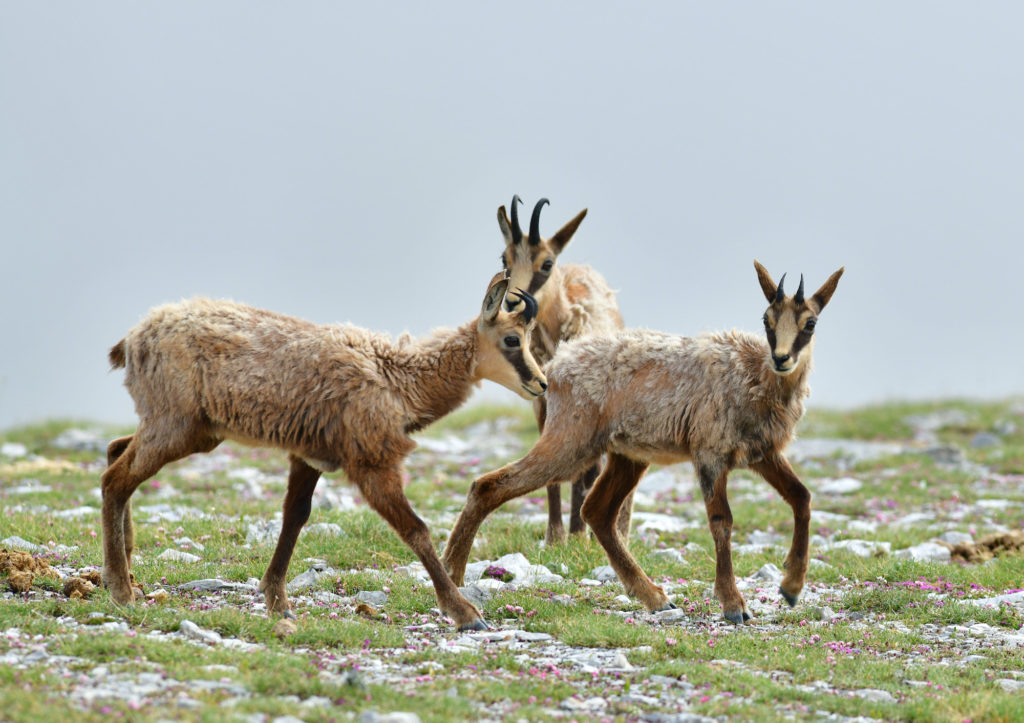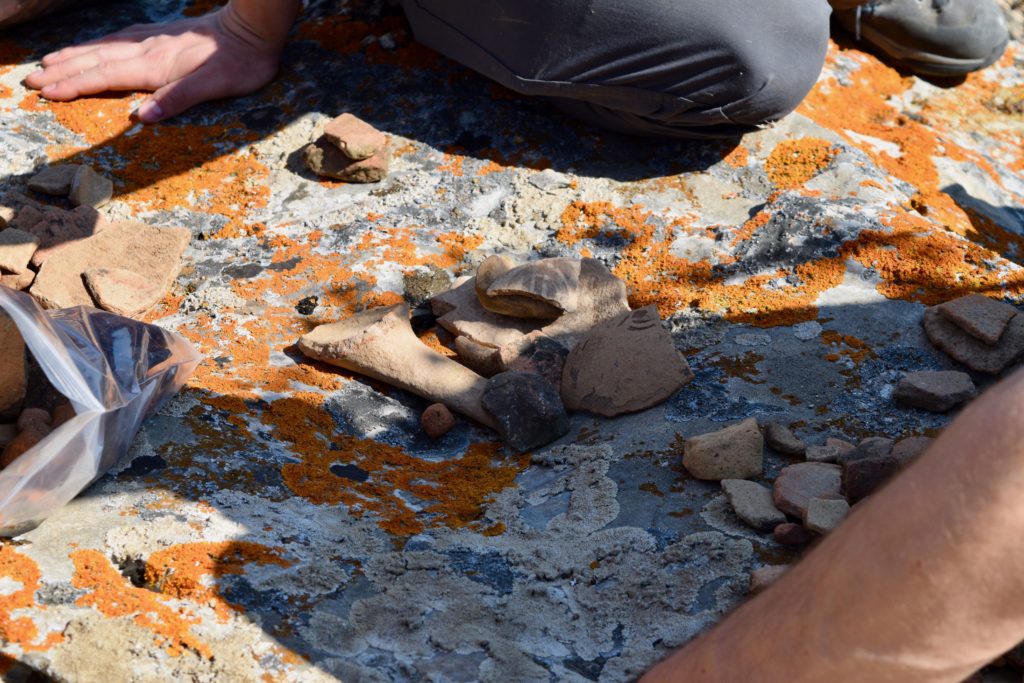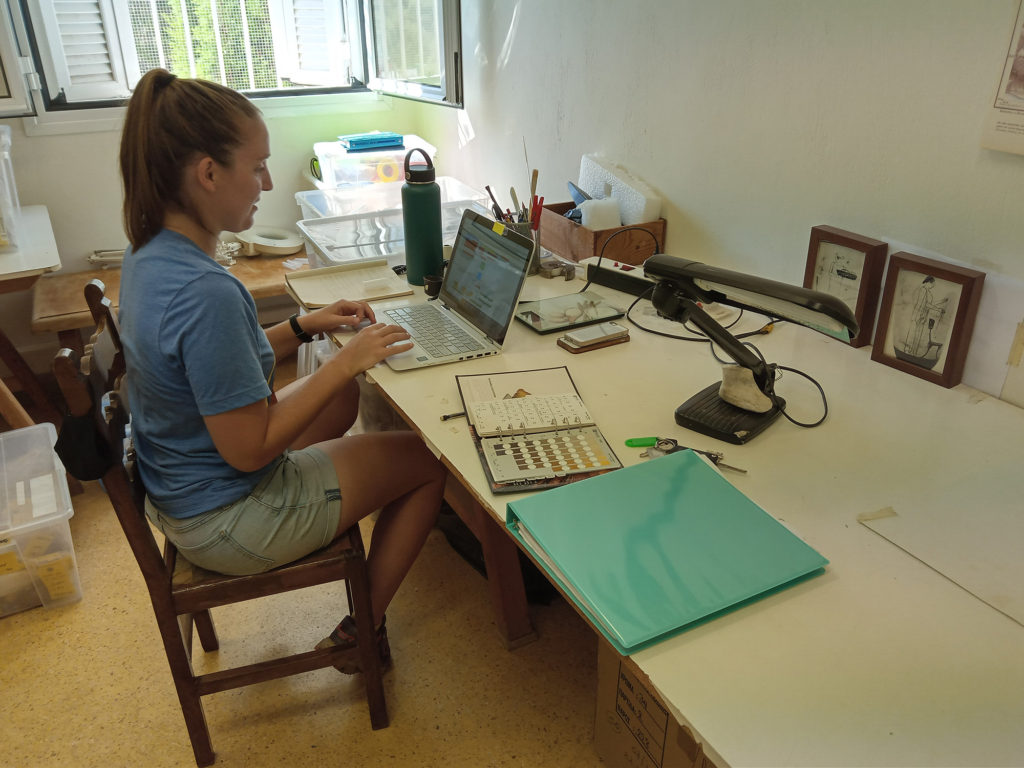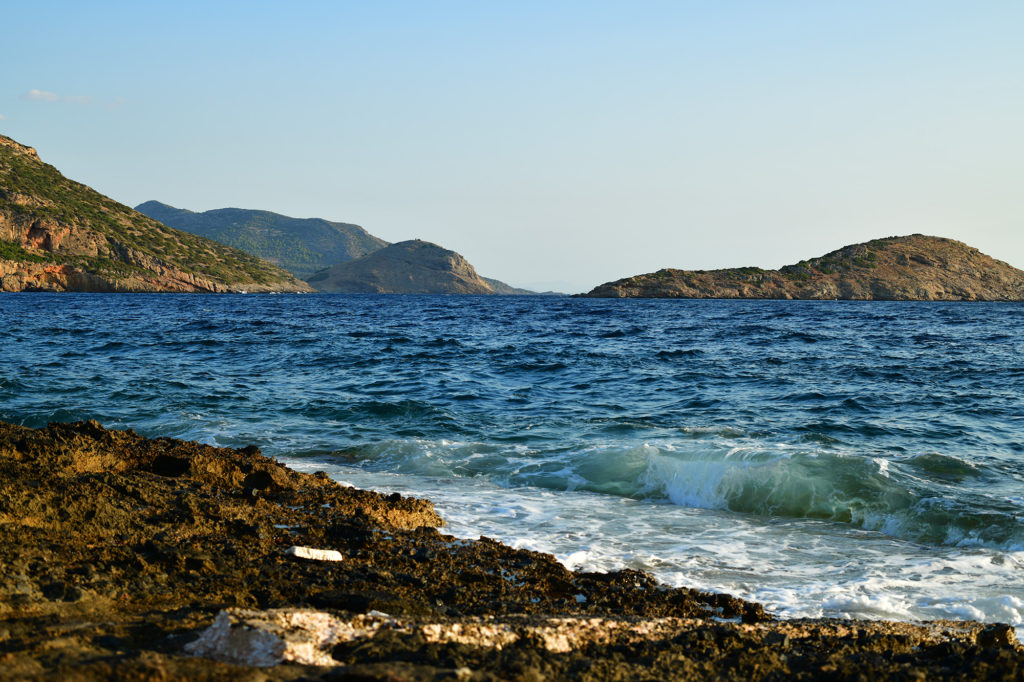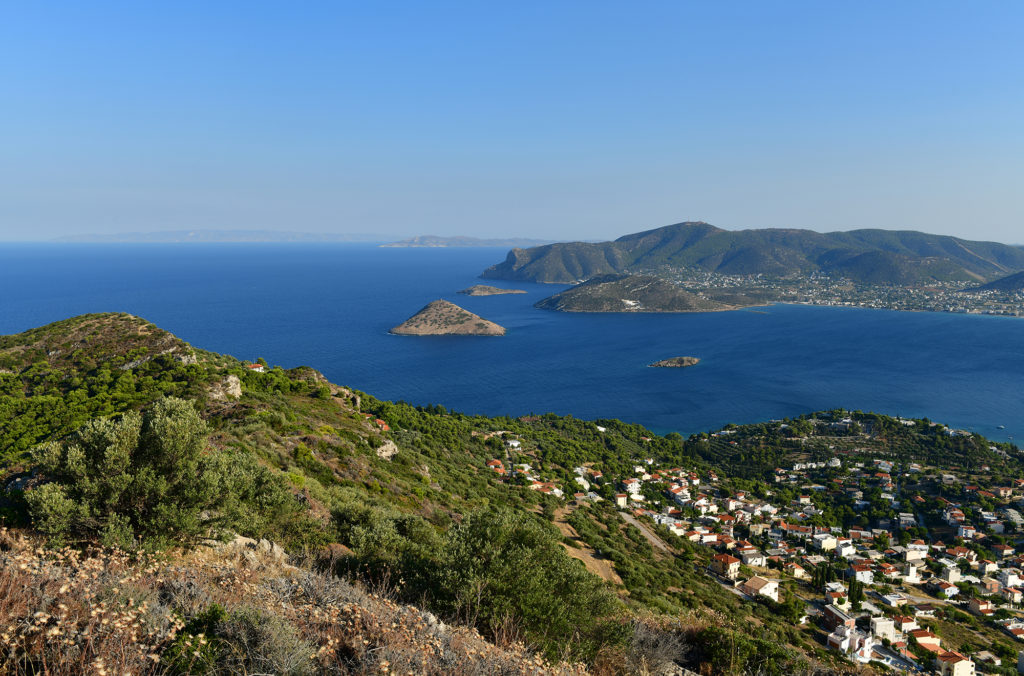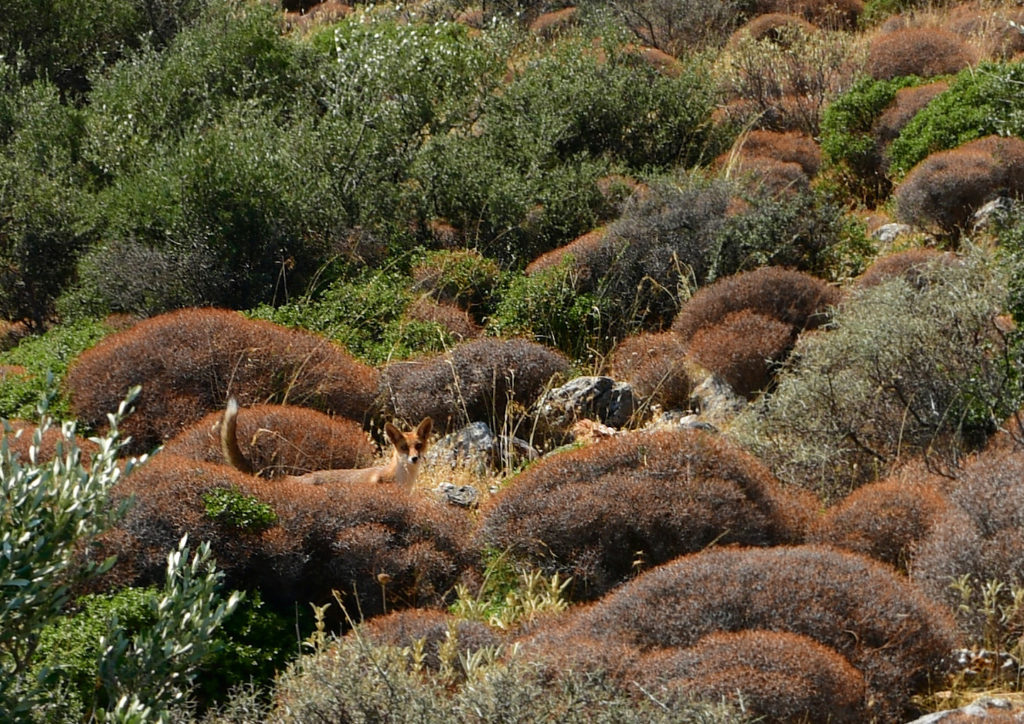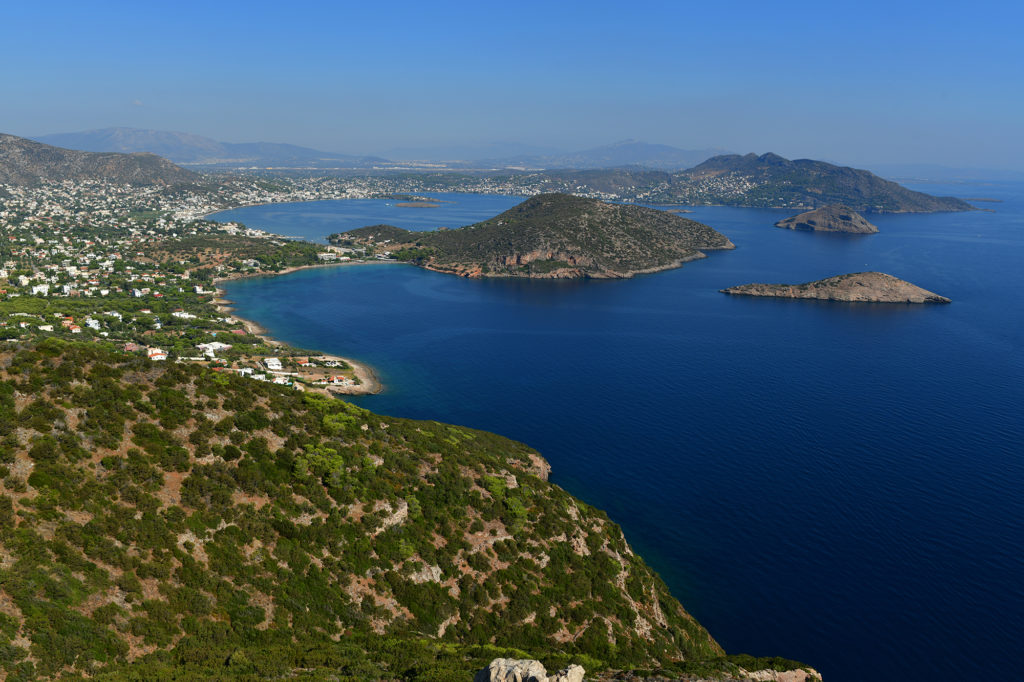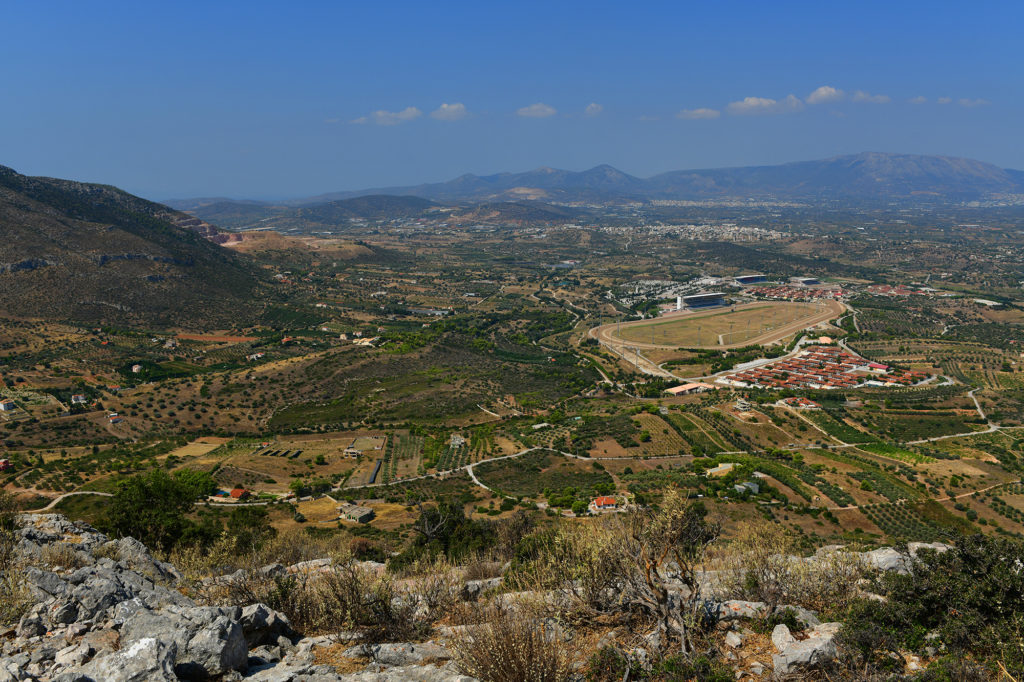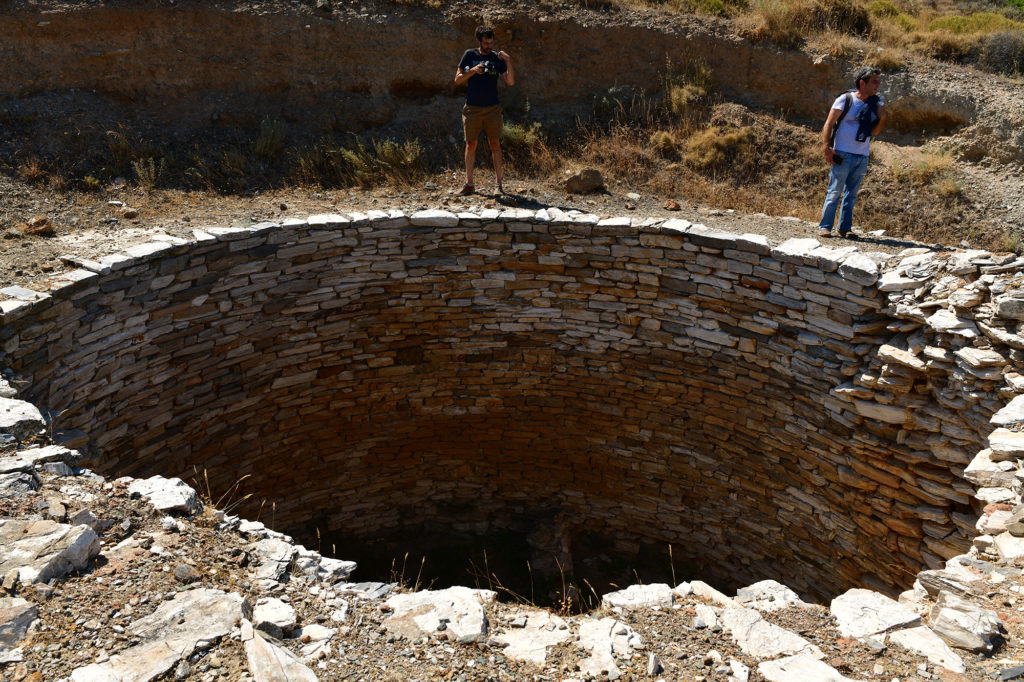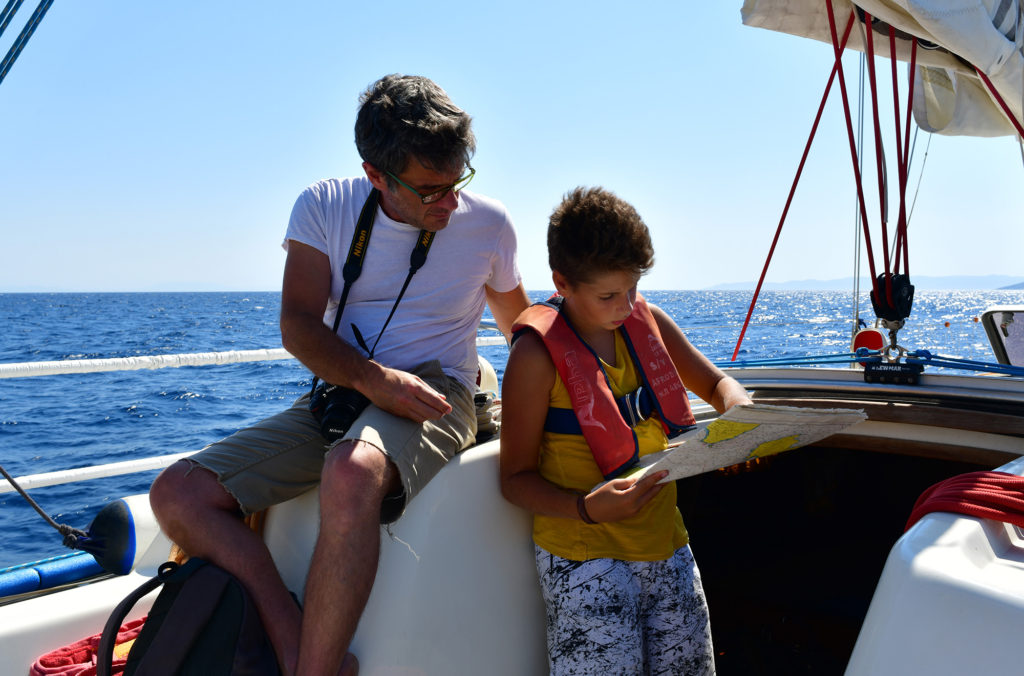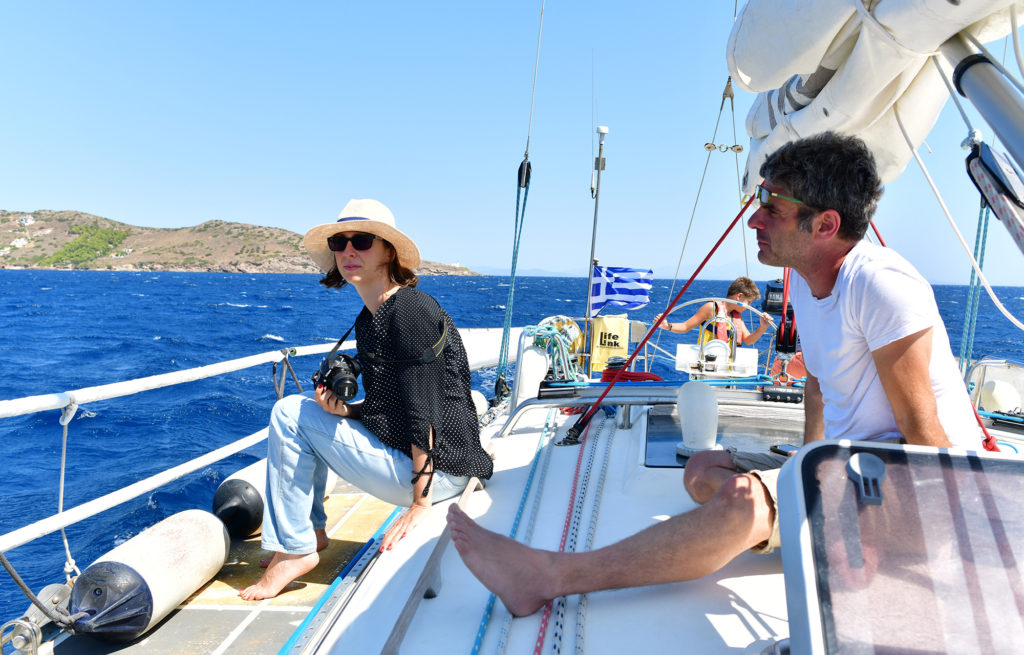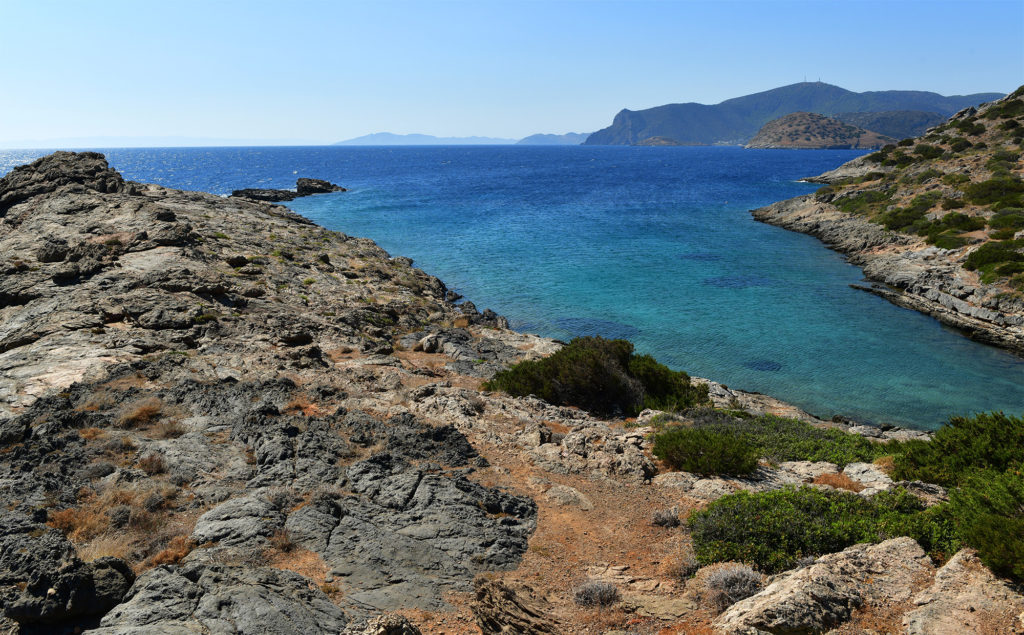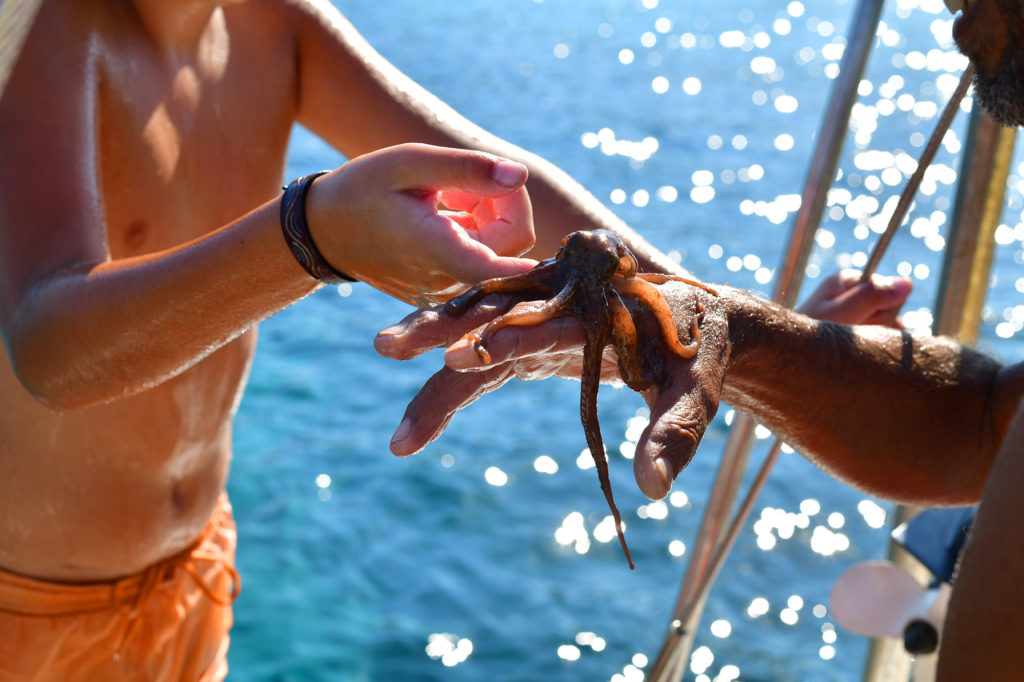In addition to a whole series of forms containing information about survey units, the BEARS database integrates two finds catalogues: one for inventoried finds and one for bulk finds. I know databases are not the most exciting topic for blog posts, so I won’t go into too much detail about the many wonderful intricacies of the forms. The idea is that every single object collected in the survey is represented/accounted for in the bulk finds catalogue and given a bulk finds number, while only select objects (say, sherds that are very well-preserved, very datable, etc.) are pulled out, given an inventory number, and described/analyzed in more detail.
Our finds experts are the ones who will ultimately go carefully through the pottery from each unit and make the decisions about which finds should be inventoried, since they are the ones who are trained to know which sherds might be especially informative or important. Cataloguing bulk pottery is not quite as sensitive a task. The idea is to produce a comprehensive log of finds from a unit, so that someone can look at the form for any individual survey unit and get an immediate sense of its finds: how many krater rims or kylix stems, what distribution of sherds from different periods, fine wares vs. coarse wares, etc. To me it also seems just generally desirable to have a specific number attached to every find from the survey, however worn or seemingly uninteresting, from the point of view of Stackenblochen principles.
In practice bulk cataloguing involves trying to impose some kind of informational order on the chaos of a bag of unsorted sherds: sorting coarse and fine wares, separating out different kinds of feature sherds (bases, handles, rims, etc.) or sherds that all come from the same vessel shape, that kind of thing. Then each sherd or group of sherds is given a lot number and entered into the bulk catalogue, along with basic information: shape, fabric description, etc.
Since our small 2019 lab team was overwhelmed just keeping up with basic processing of all of the finds we brought in from the field, literally zero bulk cataloguing was done last summer, which is not so great, since we collected over 6,000 sherds. I lost a fair amount of sleep over the winter thinking about the sorry state of our finds catalogues, to be honest. In a way it was really helpful to have 2020 “off” from fieldwork so that there was time to catch up.
Unfortunately, I am also the last person that anyone would want to be tackling this activity. This summer was the first time that I’ve spent any time whatsoever working on finds in the lab, and I felt very fish out of water getting into it and trying to make sense of our many, many large bags of pottery. It turns out that it is helpful to have, say, at least a basic grasp of the vocabulary that ceramicists use to describe things like fabrics when cataloguing thousands upon thousands of survey sherds.


